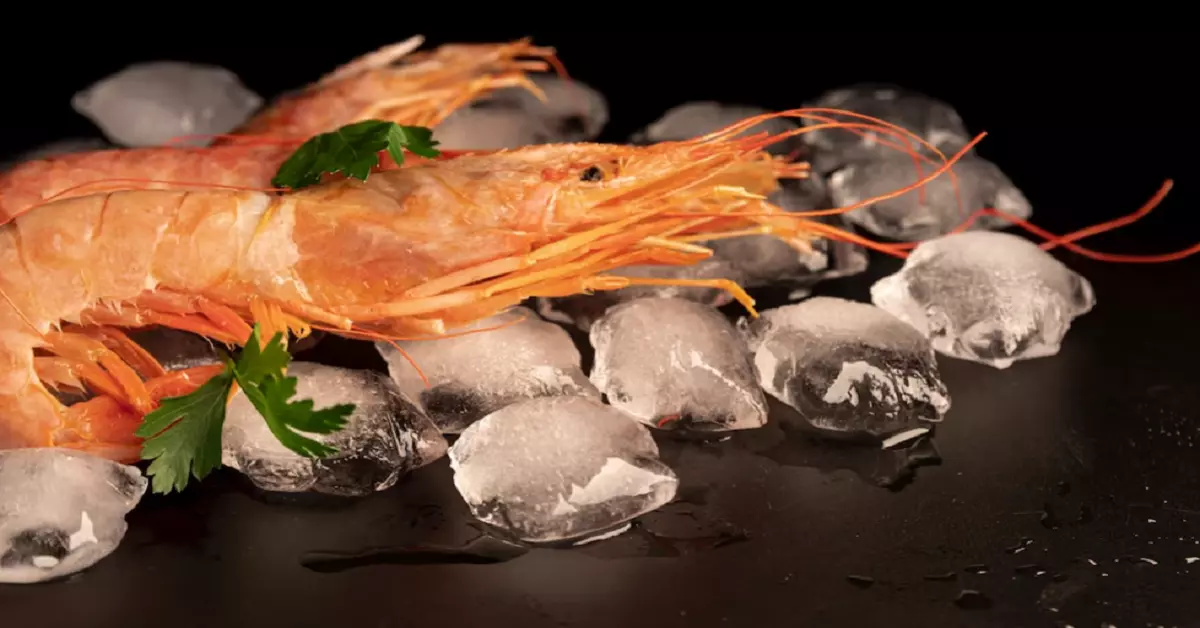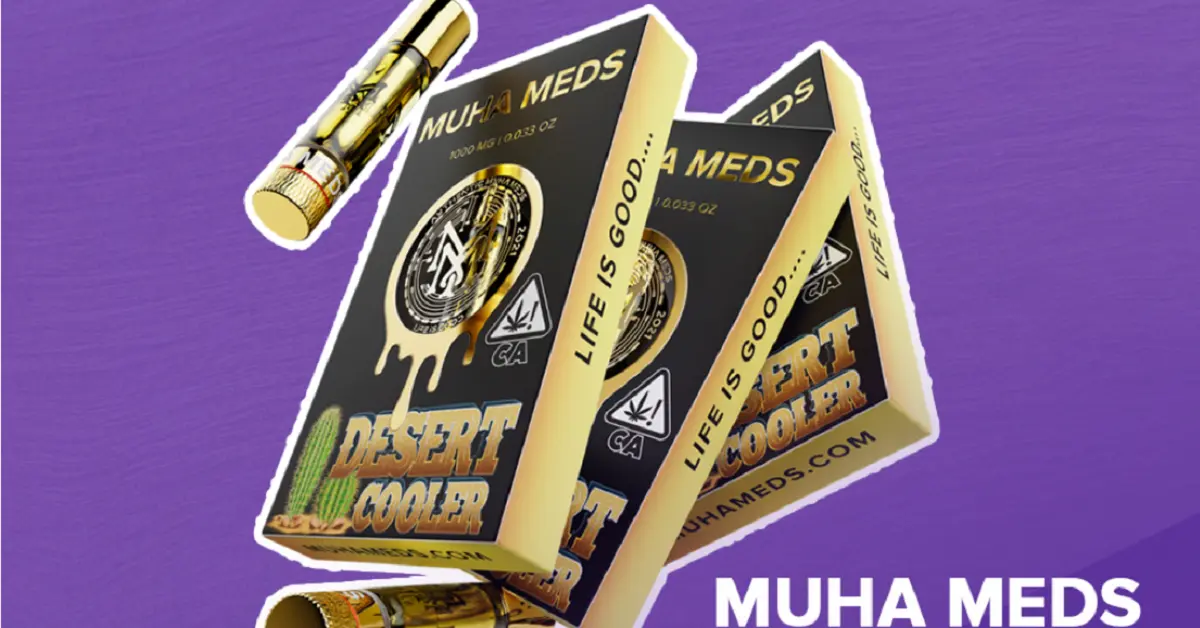Understanding Shrimp Food Poisoning: Causes, Symptoms, Prevention, and Treatment
Introduction to Shrimp Food Poisoning
Shrimp is a popular seafood enjoyed by millions of people worldwide due to its delicious taste and versatility in various culinary dishes. However, like many seafood products, shrimp can sometimes be a source of food poisoning when mishandled, contaminated, or improperly prepared. Shrimp food poisoning can lead to a range of unpleasant symptoms, from mild gastrointestinal discomfort to severe illness.
Common Causes of Shrimp Food Poisoning
-
Bacterial Contamination:
One of the primary causes of shrimp food poisoning is bacterial contamination. Shrimp can harbor various bacteria, including Vibrio species, Salmonella, and Listeria. These bacteria can contaminate shrimp during harvesting, processing, transportation, or storage. If shrimp are not handled with proper hygiene and cooked to a safe temperature, these bacteria can multiply and cause foodborne illness.
- Vibrio species: Vibrio parahaemolyticus and Vibrio vulnificus are two common Vibrio species associated with shrimp-related food poisoning. They thrive in warm coastal waters and can multiply rapidly if shrimp are not chilled adequately.
- Salmonella: Salmonella is a well-known foodborne pathogen that can infect shrimp if they come into contact with contaminated water or surfaces during processing.
- Listeria: Listeria monocytogenes is another bacterium that can contaminate shrimp. It can survive at low temperatures and cause serious illness, particularly in pregnant women, the elderly, and individuals with weakened immune systems.
-
Viral Contamination:
Shrimp can also be a vector for viruses like norovirus, which is notorious for causing gastroenteritis or stomach flu. Norovirus contamination typically occurs through contact with contaminated water sources. If shrimp are harvested from waters contaminated with sewage or infected with norovirus, they can transmit the virus to consumers when consumed raw or undercooked.
-
Parasitic Infections:
While less common, parasitic infections can occur if you consume raw or undercooked shrimp. The Anisakis parasite, for example, can infest certain species of shrimp and cause digestive symptoms. This parasite is more frequently associated with raw or lightly cooked fish dishes, such as sushi and sashimi.
-
Toxin Contamination:
Shrimp harvested from waters affected by harmful algal blooms, commonly known as “red tide,” can accumulate toxins produced by these algae. These toxins can lead to a specific type of food poisoning known as “shellfish poisoning.” The symptoms of shellfish poisoning can range from mild gastrointestinal discomfort to severe neurological symptoms, depending on the type of toxin involved.
Symptoms of Shrimp Food Poisoning
The symptoms of shrimp food poisoning can vary depending on the specific contaminant involved, the individual’s sensitivity, and the amount of contaminated shrimp consumed. Common symptoms include:
- Nausea
- Vomiting
- Diarrhea
- Abdominal pain and cramps
- Fever (in some cases)
- Dehydration due to fluid loss
These symptoms typically appear within a few hours to a couple of days after consuming contaminated shrimp. In severe cases or when complications arise, such as dehydration, medical attention may be necessary.
Preventing Shrimp Food Poisoning
To reduce the risk of shrimp food poisoning, it’s essential to follow proper food safety practices:
-
Purchase Shrimp Safely:
- Buy shrimp from reputable sources, such as grocery stores, seafood markets, or restaurants with a good food safety track record.
- Ensure that shrimp are properly stored in refrigerated or frozen conditions at safe temperatures.
-
Cook Thoroughly:
- Cook shrimp to an internal temperature of 145°F (63°C) to ensure that harmful bacteria, viruses, and parasites are killed.
- Shrimp should turn opaque and pink when adequately cooked.
-
Practice Good Food Safety:
- Keep raw shrimp separate from ready-to-eat foods to prevent cross-contamination.
- Wash your hands, cutting boards, knives, and other utensils thoroughly after handling raw shrimp.
- Thoroughly wash and sanitize surfaces that come into contact with raw shrimp.
-
Avoid Raw Shrimp:
- If you are at a higher risk of foodborne illnesses, such as pregnant individuals, young children, the elderly, or those with weakened immune systems, it’s advisable to avoid consuming raw or undercooked shrimp, including dishes like sushi and ceviche.
-
Check for Allergies:
- Some individuals may have allergies to shellfish, including shrimp. It’s crucial to be aware of any food allergies and avoid shrimp if you are allergic.
Treatment of Shrimp Food Poisoning
If you suspect that you have consumed contaminated shrimp and are experiencing symptoms of food poisoning, consider the following:
- Stay Hydrated: Drink plenty of fluids to prevent dehydration, especially if you are experiencing vomiting or diarrhea.
- Rest: Get adequate rest to help your body recover.
- Medical Attention: If symptoms are severe, persistent, or if you belong to a high-risk group, seek medical attention. A healthcare professional can provide guidance and treatment, which may include rehydration therapy and medication to alleviate symptoms.
Conclusion
Shrimp food poisoning is a potential health risk associated with the consumption of improperly handled, contaminated, or undercooked shrimp. It can result from various sources, including bacterial contamination, viral contamination, parasitic infections, and toxin accumulation. To minimize the risk of shrimp-related food poisoning, it’s crucial to follow safe food handling practices, including purchasing shrimp from reputable sources, cooking them to the proper temperature, and practicing good hygiene during food preparation. If you suspect food poisoning, especially in severe cases, seek medical attention promptly to ensure proper treatment and recovery.


